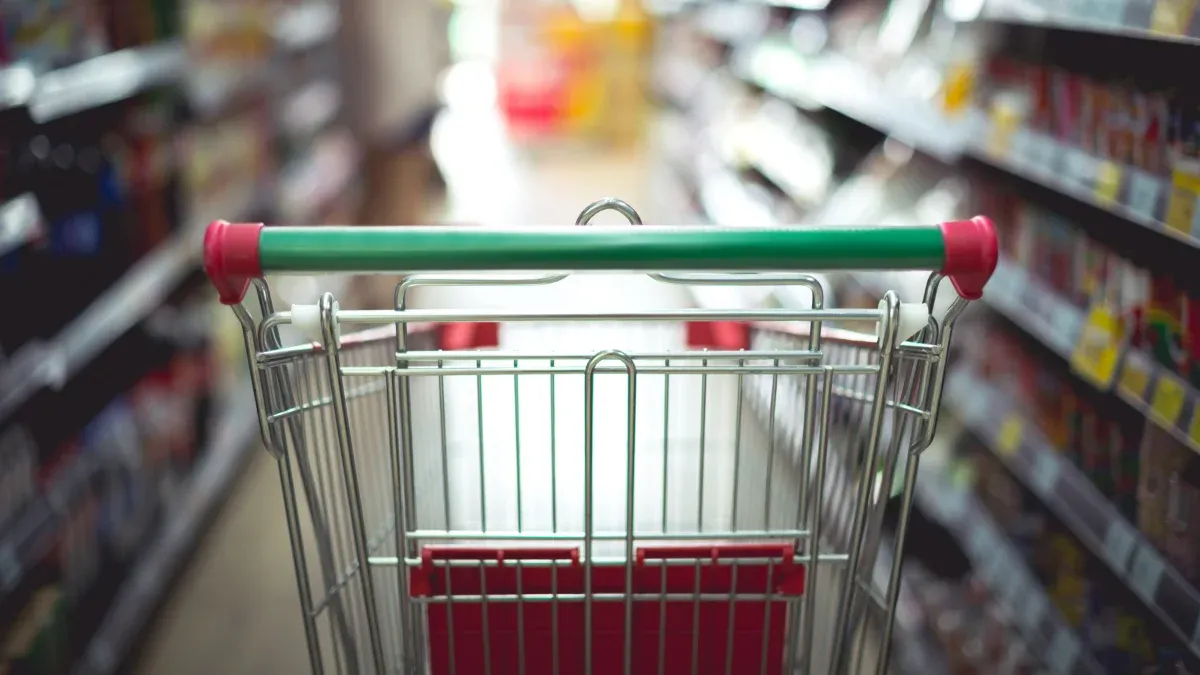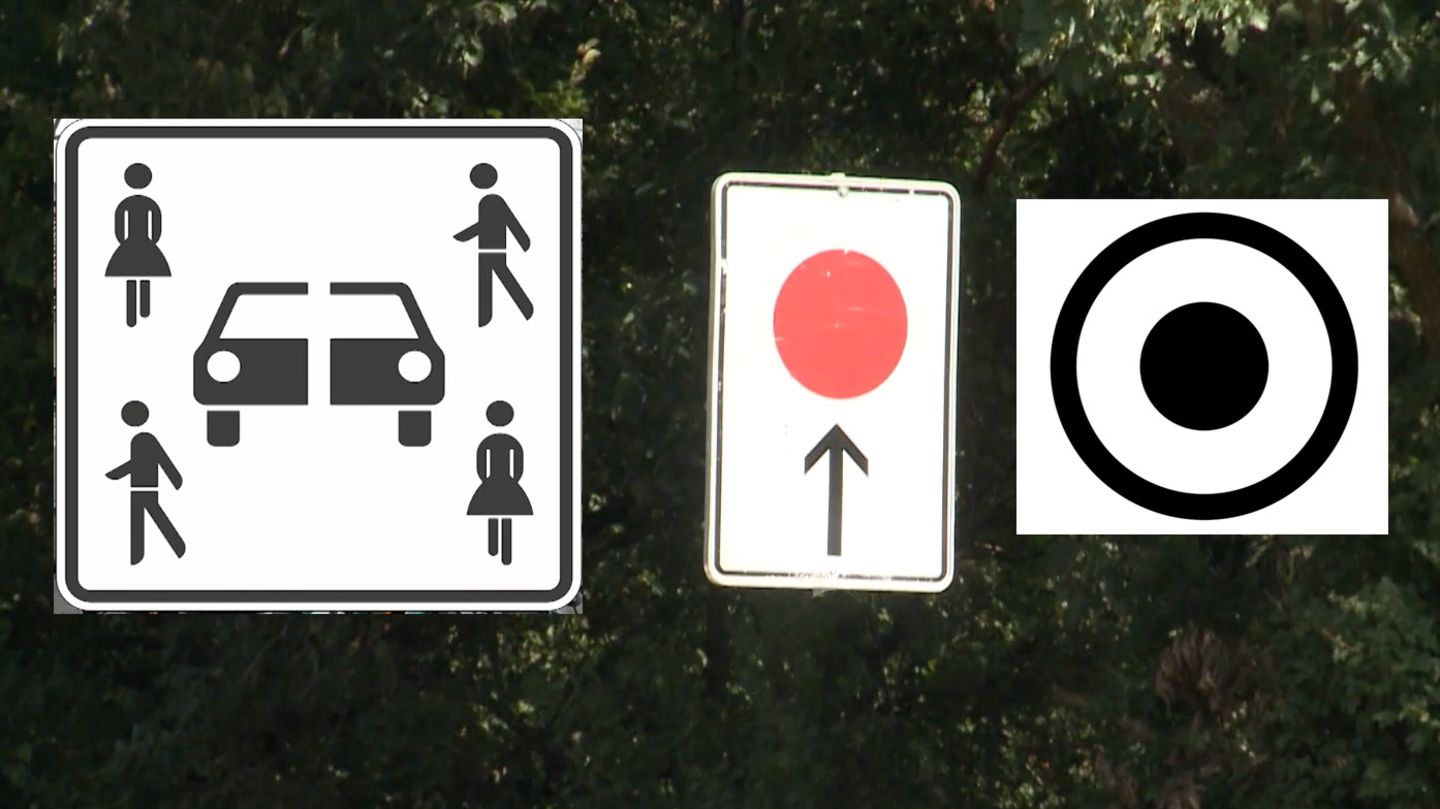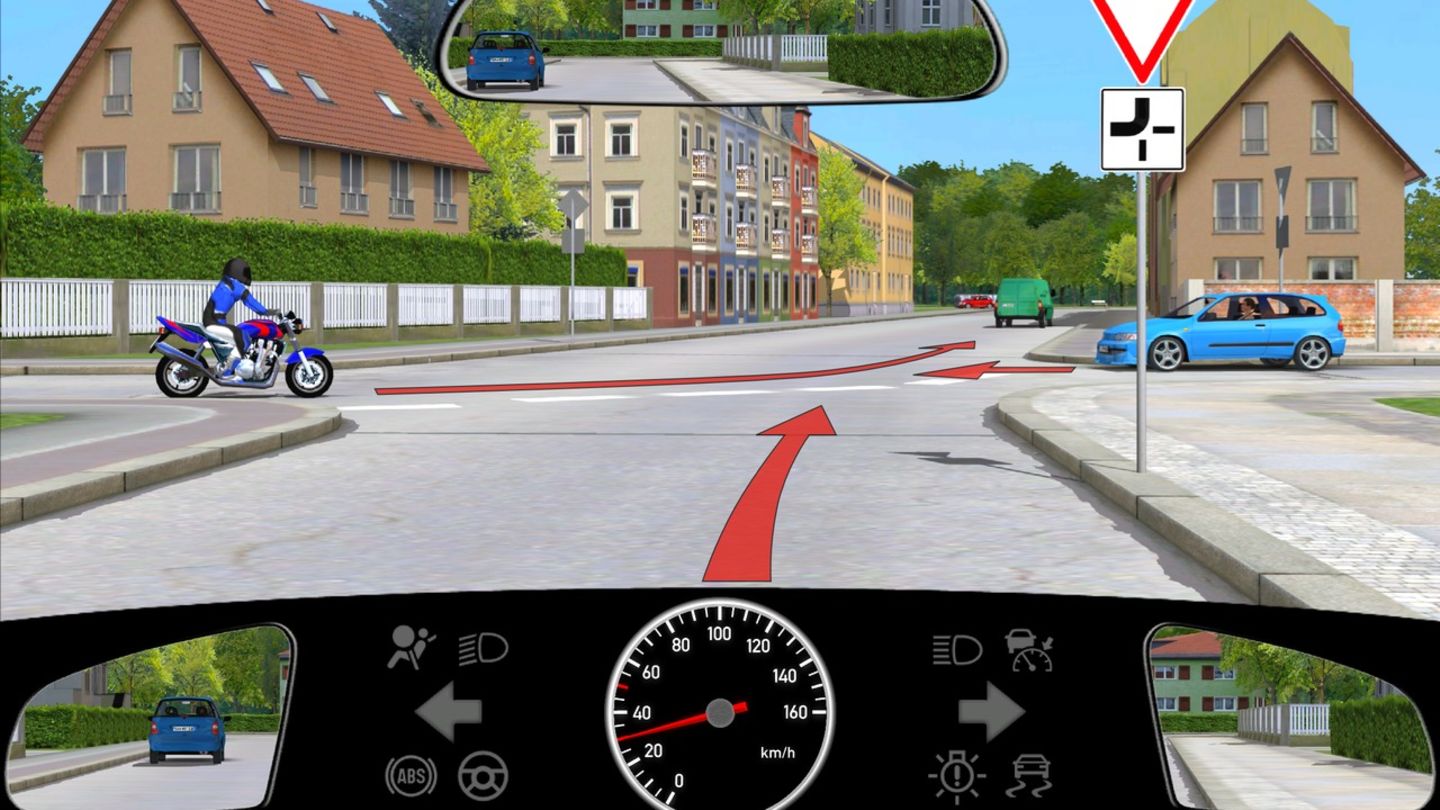The Government quickly came out to celebrate the data it published the Argentine Confederation of Medium Enterprises (CAME) this Sunday: according to your measurement, in October there was a first year-on-year rebound in retail sales in SMEs (2.9%) and in monthly terms without seasonality the rebound was 7.4%. However, the phenomenon is not widespread. Sector sources told Scope that in supermarket chains last month did not leave any recovery compared to September and that in the year-on-year measurement a could have been realized record crash.
“The recession is over”published the president of the Chamber of Deputies, Martin Menemin his X account when citing the CAME report. Javier Milei he retweeted it. The hubbub lies in the fact that consumption was until now the most elusive indicator of activity, affected by the strong initial drop in real wages and due to rate adjustments that reduced the portion of family income available for purchases of basic basket goods.
The measurement of CAME reflected that, despite the rebound, the first ten months of the year accumulate a decline of 13.2% compared to the same period in 2023 and 51% of the companies surveyed indicated that their main obstacle continues to be the lack of sales. However, his report showed that four of the seven sectors surveyed had a recovery year-on-year (food and beverages, footwear and leather goods, hardware and construction materials, and textiles and clothing).
The CAME report drew attention in different sectors of retail trade, which did not perceive a rebound during October. This is how they mentioned it to Ámbito from different provincial chambers. For example, in “Comerciantes Unidos de San Juan” measured a 10% year-on-year drop and an 8% monthly drop in the number of units soldin an indicator based on the survey of CAME and the different shopping and shopping centers in the province. Even without closed data (at the closing of this note), the Mendoza chamber also anticipated a negative result.
Consumption in supermarkets, in free fall
Where there is no sign of a rebound is in supermarket sales, even after a September that marked a collapse of 21.2% year-on-year in large chains and 22.3% for mass consumption as a whole, according to the Scentia survey.
Sector sources They told this media that they are still processing last month’s data. But They announced that the comparison of October against September will be “flat” and that the interannual measurement “will be the worst of the year.” This means that, if this perspective is confirmed, there would be a record drop, “a couple of points” more abrupt than that of the ninth month.
It is clear that the interannual measurement is influenced by a very high comparison base. In the last stretch of the last Government, measures were launched to stimulate consumption, such as Buy without VAT, which had a significant impact on supermarkets. Furthermore, the electoral context and the prospect of Javier Milei’s victory unleashed a stocking due to the expectation (later confirmed) that the La Libertad Avanza candidate would validate a strong devaluation. But the fact that sales do not rebound in monthly terms (and against months that had already shown practically unprecedented collapses) It is a significant fact.
“People only come on discount days with their bank or with the virtual wallet they use”a manager from one of the large chains told Ámbito. In fact, the posters in the windows of the branches that show the day-by-day breakdown of the means of payment or entity with which there is a refund are getting larger and larger. This is combined with the supermarket offers in an attempt to boost weak sales.
The crisis and consumer habits
In the sector they assure that one of the elements that allows them to partially compensate for the lower turnover is the growth in the share of own brands in total sales. The displacement of families from the first brands due to the deterioration of disposable income was a constant throughout the year.
Along the same lines, a report from ShopApp described the changes in habits of Argentine consumers in the context of the current crisis: “83% of consumers in Argentina consider or already buy own brand products.” “If they cannot get the products they need to buy on promotion, they buy the minimum necessary and hope to buy it at that point of sale or another when it is on promotion/discount. They take advantage of these opportunities to buy volume,” the report added.
For now, the dynamics of October consumption reflect a greater disparity between measurements than in previous months, but it is still far from a generalized rebound that will begin to pull it out of the bottom of the hole.
As for the “early” sectoral indicators of activitycement shipments sank 20% year-on-year in October and fell 1.1% compared to September; Car registration grew 5.6% year-on-year and 1% monthly, with a 52% share of imported vehicles; and motorcycle registration increased 5.9% year-on-year and 12.3% versus September.
Source: Ambito




